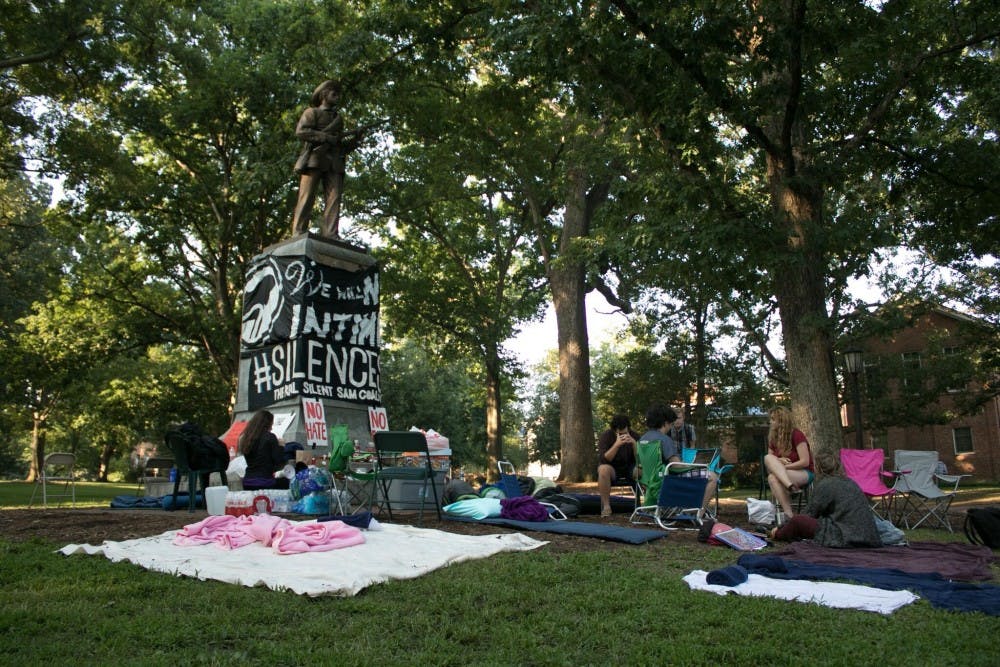Local legislators have announced plans to propose a relocation of Silent Sam, and Chancellor Carol Folt has spoken out against the statue, which she said fosters fear rather than discourse. But the Confederate monument is no closer to being moved from McCorkle Place.
The debate surrounding the statue has consumed the Chapel Hill community in the past year, but it is by no means unique.
In Austin, Texas, students and administration face a similar paradigm shift. For the past several years, the University of Texas at Austin has heard a rising wave of disapproval from its students concerning the numerous Confederate relics scattered through campus. The president, knowing they were in the midst of a legacy-defining moment, created a task force to address Confederate monuments and eventually present options to the administration.
The 2015 task force presented six options to the president, said J.B. Bird, a university spokesperson for UT. They ranged from leaving the statues in their given spots to taking them all down, with a sizable compromise-friendly gray area. The middle ground ultimately proved to be the initial solution. A Jefferson Davis statue was moved from the quad to a museum, but other Confederate relics were left alone.
“What we were really looking at were the hyper-local issues that were related to our community, the safety of our community and the concerns of our community,” Bird said.
Minkah Makalani, an associate professor of African and Diaspora studies at UT Austin, said that there were an array of voices in the monument discussion. He saw the debate as an opportunity for the University to address its flawed past.
“There are elements of the University’s structure, historically, but also just physical geography, that bare the mark of our racist past,” Makalani said. “To say that this is a memorialization of Southern culture is kind of ridiculous in that its memorializing those who sought to asunder the union on the specific basis of maintaining the enslavement of Black people. “
Two years later UT Austin finally eviscerated all Confederate monuments from its grounds, using tragedy as the catalyst for change.
“It was after the event in Charlottesville that the president made a decision to have the remaining Confederate statues removed from campus,” Makalani said. “A notice was sent out to the University community late on a Saturday night. The statues were gone by the next morning.”



